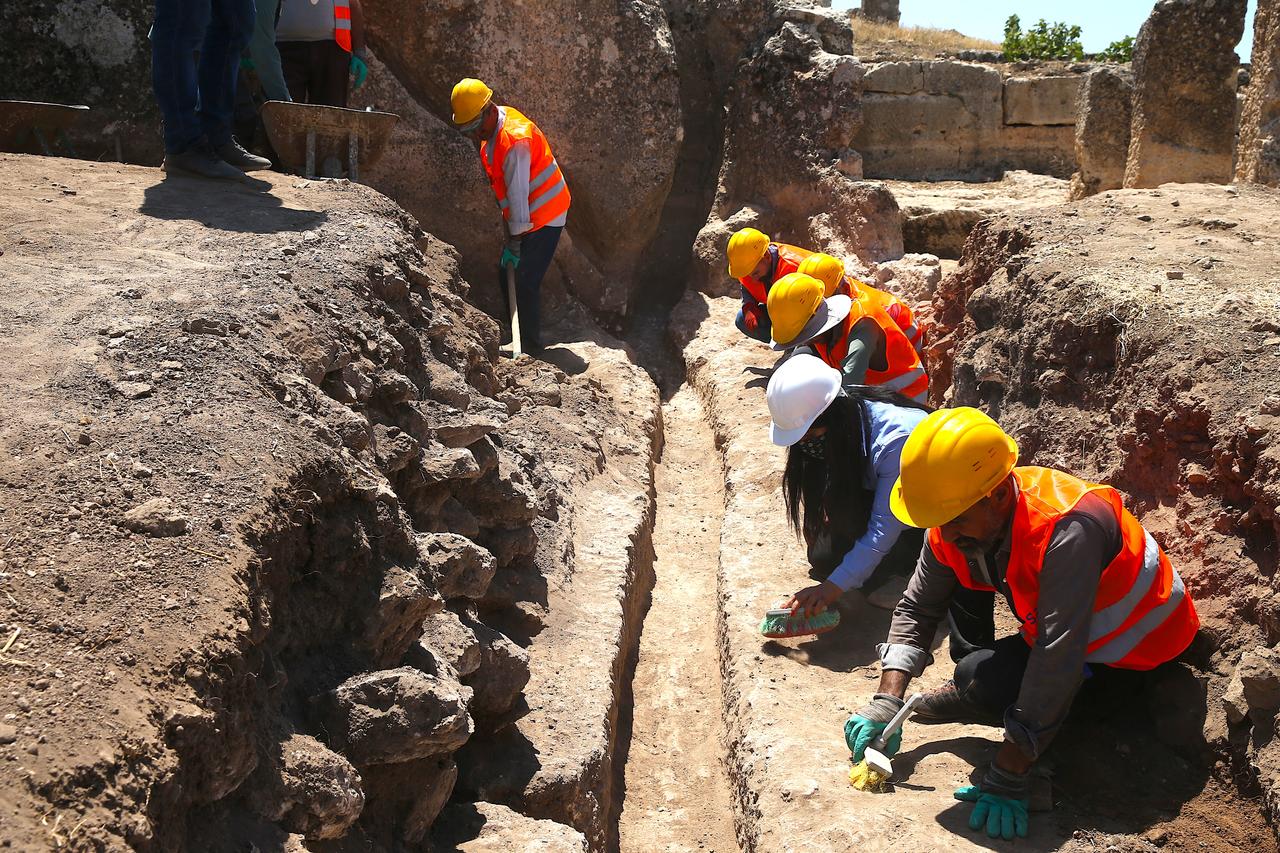
An ancient Roman water distribution system, dating back 1,800 years, has been unearthed in Zerzevan Castle, an archaeological site located in Türkiye’s southeastern city of Diyarbakir. The discovery highlights the site’s once-sophisticated infrastructure and strategic military function during the Roman Empire.
Zerzevan Castle, situated on a rocky hill 124 meters high near Demirolcek in the district of Cinar, has long been recognized for its military significance. Listed on UNESCO’s World Heritage Tentative List since 2020, the site is renowned as the location of the last known underground temple of the Mithras cult.
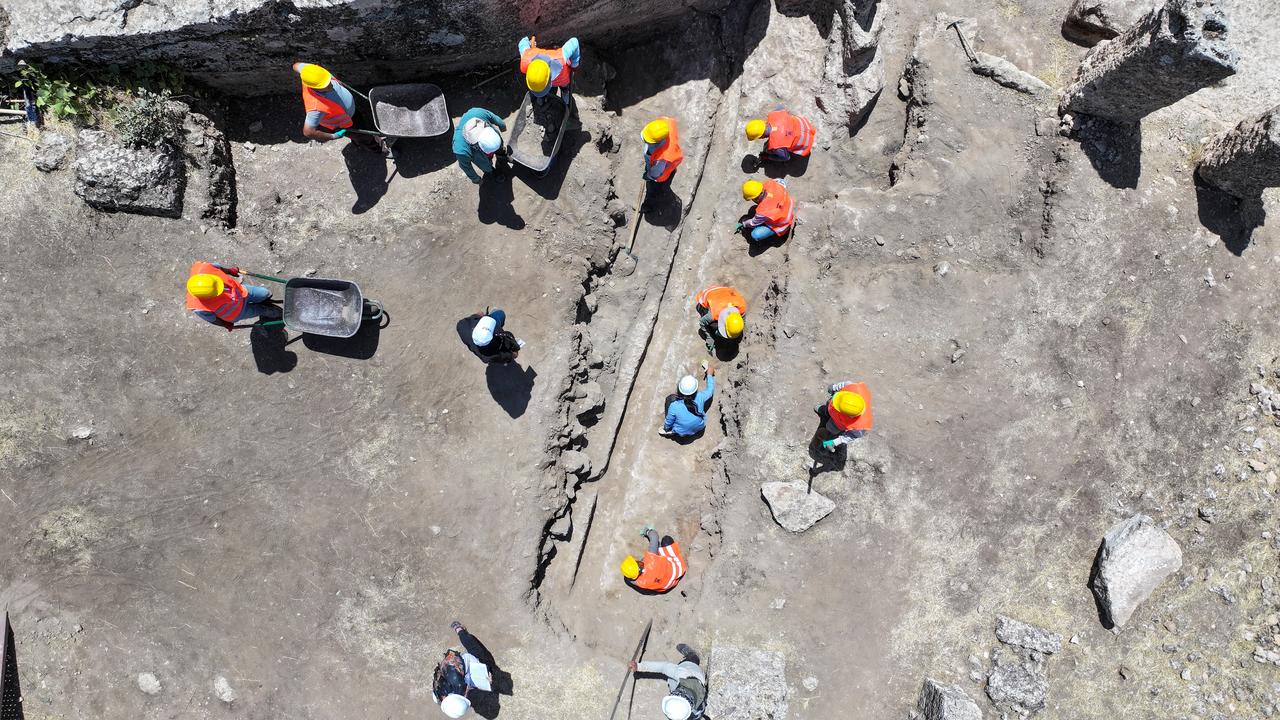
Excavations have been ongoing since 2014 with support from the Ministry of Culture and Tourism, local and regional authorities, and multiple Turkish institutions. Work at the 1,000-decare (approximately 247-acre) site has brought to light numerous structures including walls, towers, churches, homes, warehouses, underground churches and shelters, and more than 60 cisterns. Researchers have also uncovered a vast underground Mithraic temple, along with hidden passages and living spaces used during sieges.
The most recent find — a previously unknown water distribution system — provides crucial insight into Roman engineering at the castle.
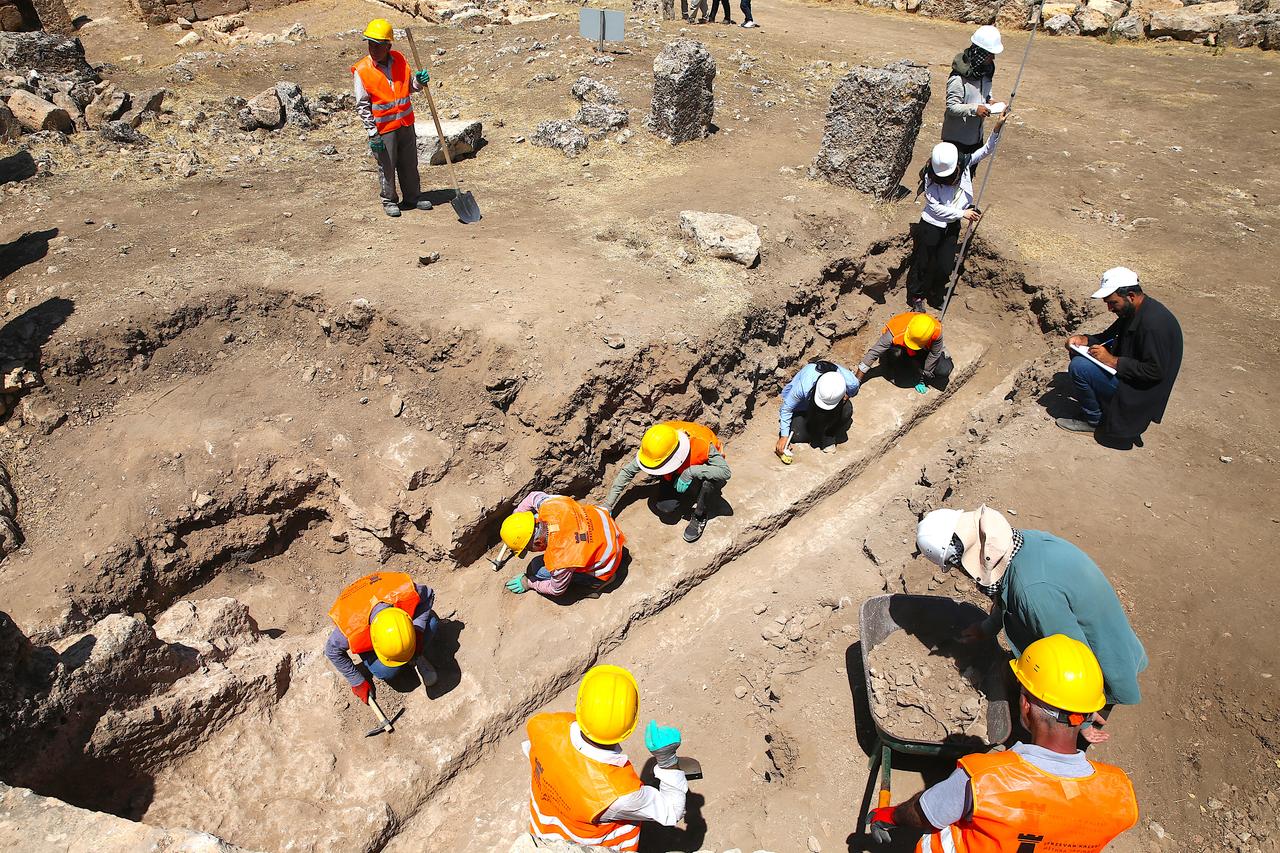
According to excavation head Professor Aytac Coskun, Zerzevan Castle features “a remarkable Roman water system.” The team has so far identified exterior water channels and 63 cisterns, the largest of which is a vaulted structure capable of holding up to 4,000 tons of water. He explained that three now-dry springs, located 8.5 kilometers from the site, once supplied water to the fortress via aqueducts and channels. From there, the water was distributed to cisterns and key buildings, including the Mithras Temple.
“This is the first time we’ve seen such a complete example of the water distribution system inside the castle,” Coskun said. “It delivered water from the vaulted cisterns to other structures and living quarters across the settlement.”
The discovery included fragments of terracotta water pipes known as kunk, which were used to create a pressure-based system to elevate water to higher points within the site. The system not only distributed water across the area but also created small waterfall effects within the main cistern before directing water through the network.
“This shows how pressure was used to lift water to upper levels. It’s an impressive application of ancient hydraulic technology,” Coskun noted.
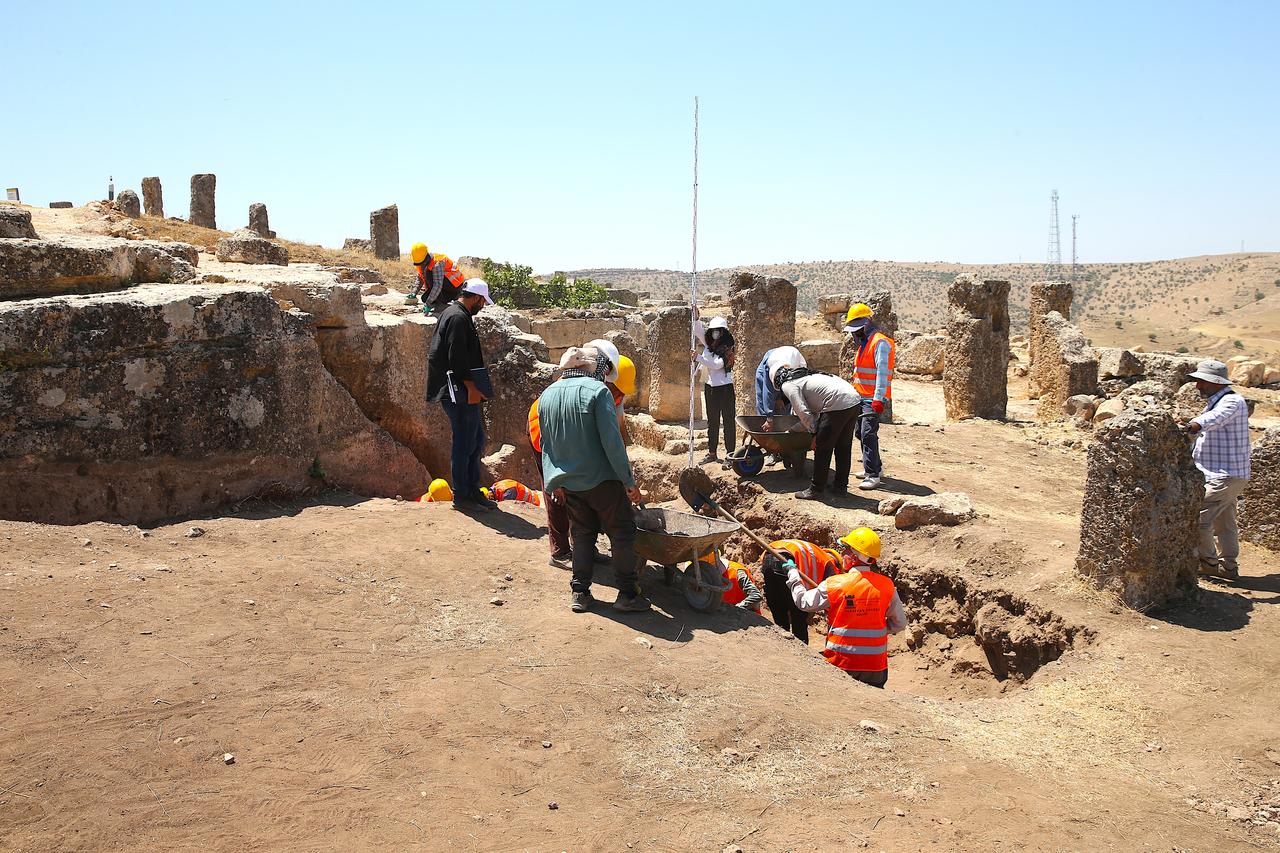
Archaeologists also found fragments of water flasks, indicating how both soldiers and civilians at the site stored and transported water. According to Coskun, the fortress had the capacity to store tens of thousands of tons of water—enough to support over 10,000 people for a year without leaving the premises.
Although the settled population was around 1,600, numbers would rise significantly during times of siege, as people from surrounding areas took refuge in the underground sections of the fortress. For this reason, both above-ground and subterranean areas were equipped with extensive water storage.
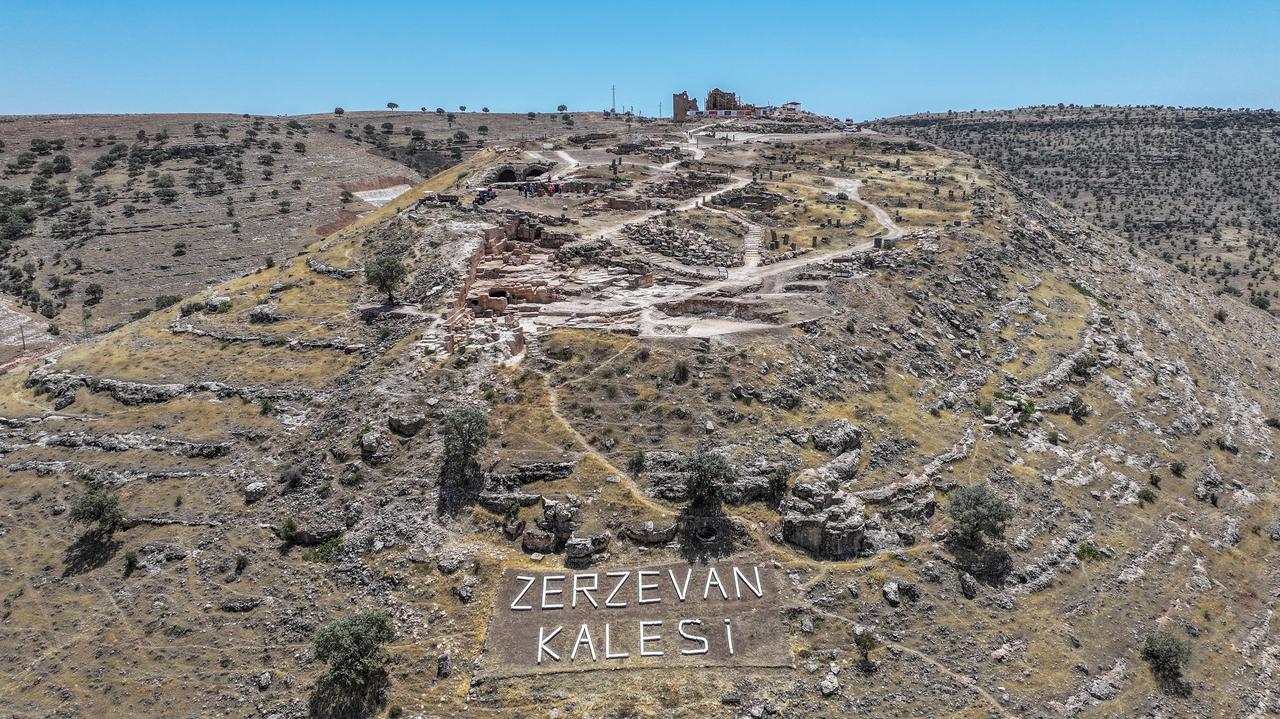
Zerzevan Castle stands on the ancient trade route between Amida (modern Diyarbakir) and Dara, commanding a wide view of the valley. The military base was at the heart of major conflicts between the Roman and Sasanian empires. While the earliest layers date back to the Assyrian period, the Roman military base was developed in the 3rd century A.D. and remained in use until it was conquered by Islamic forces in 639.
Many of its structures were repaired or rebuilt during the reigns of Roman Emperors Anastasios (491–518) and Justinian (527–565), leaving behind a lasting architectural and engineering legacy. The recently discovered water network further illustrates the high level of organization and innovation that once supported life in this remote Roman outpost.